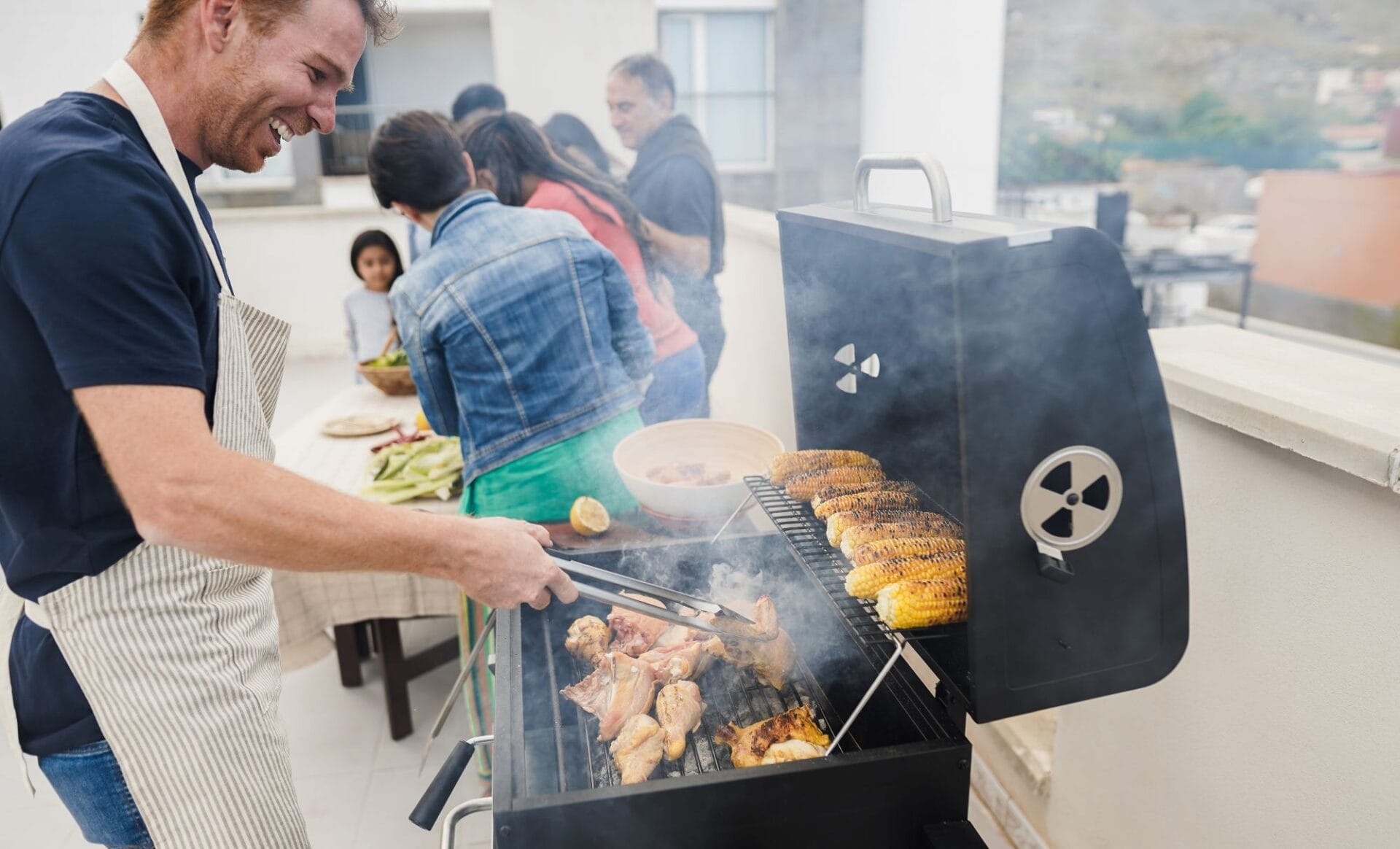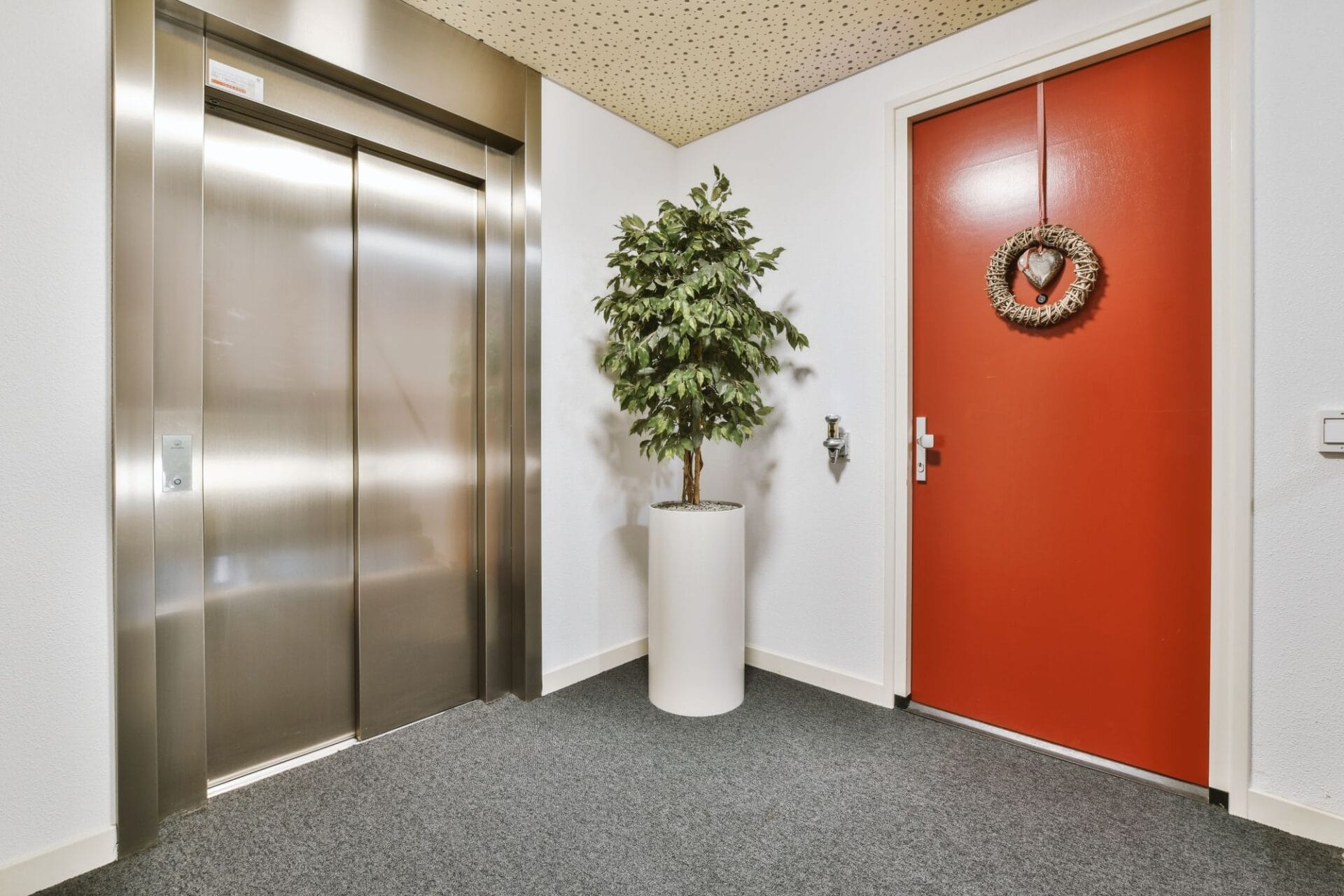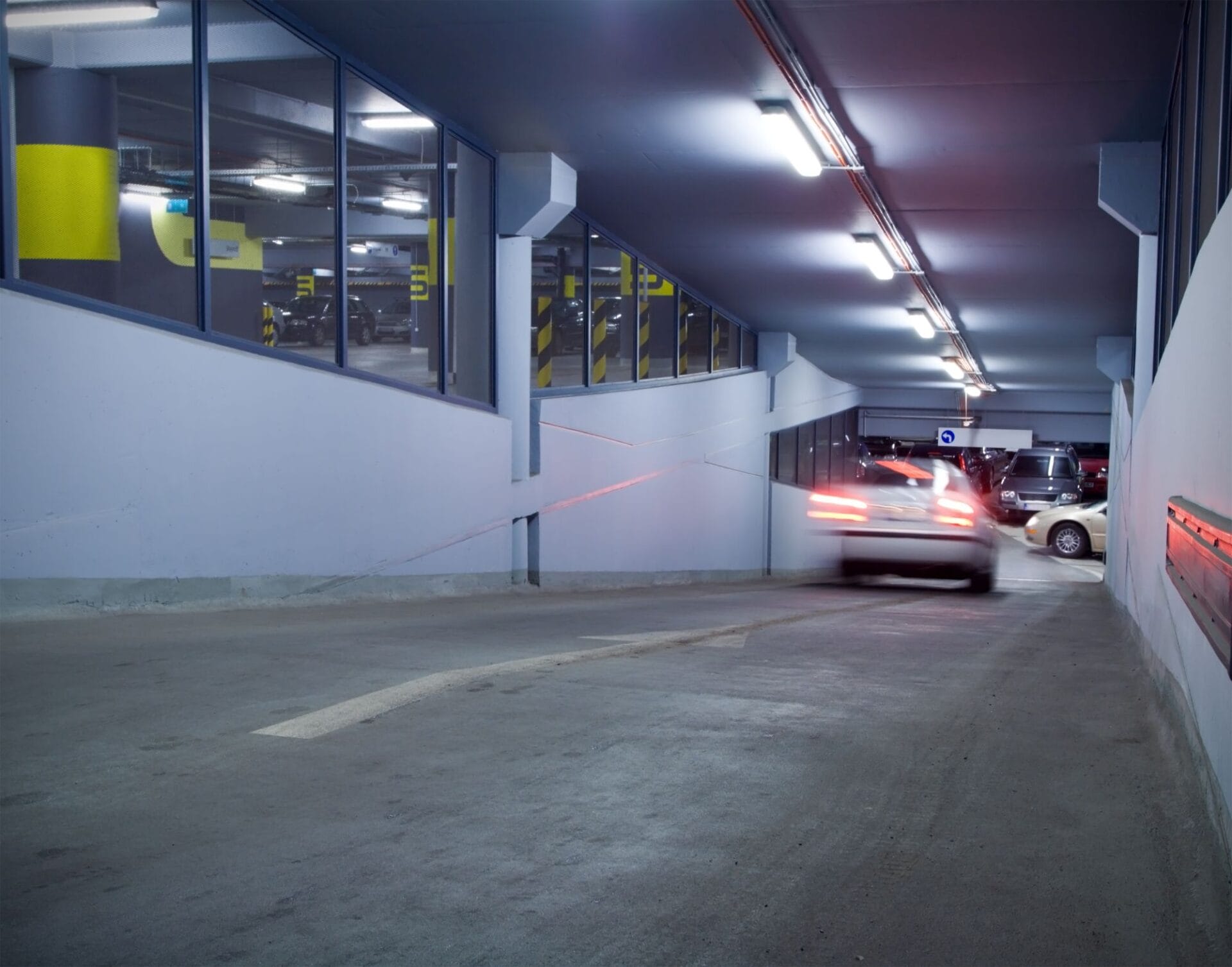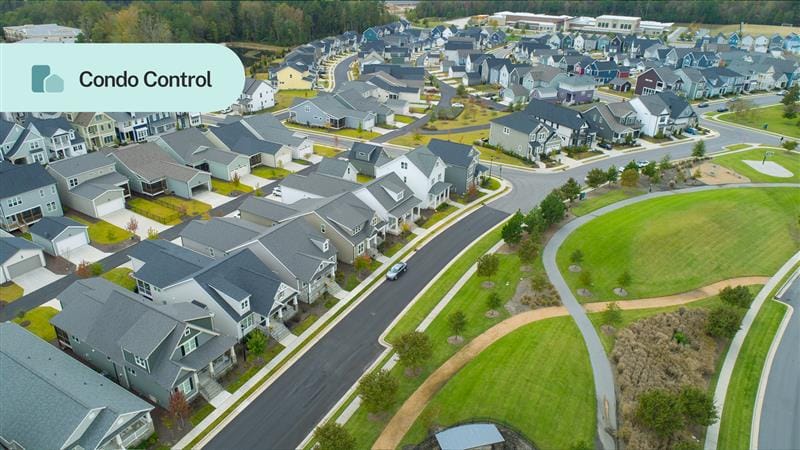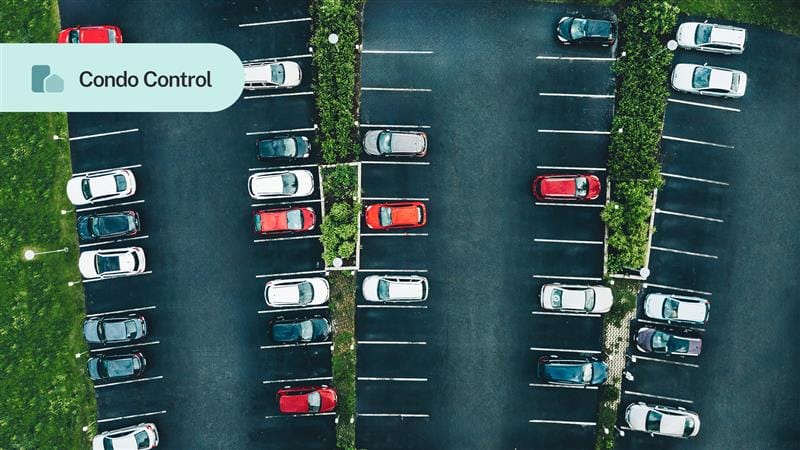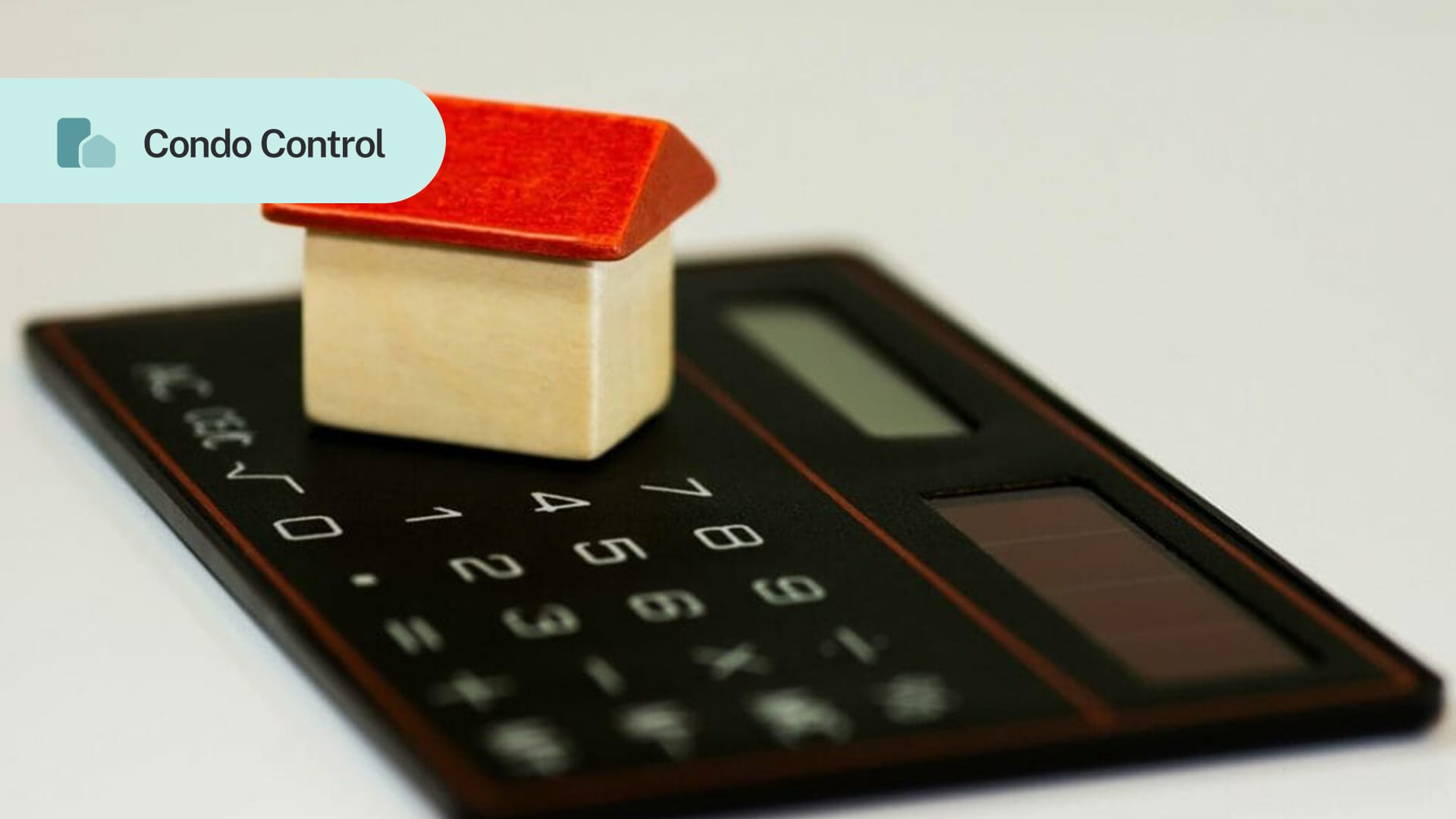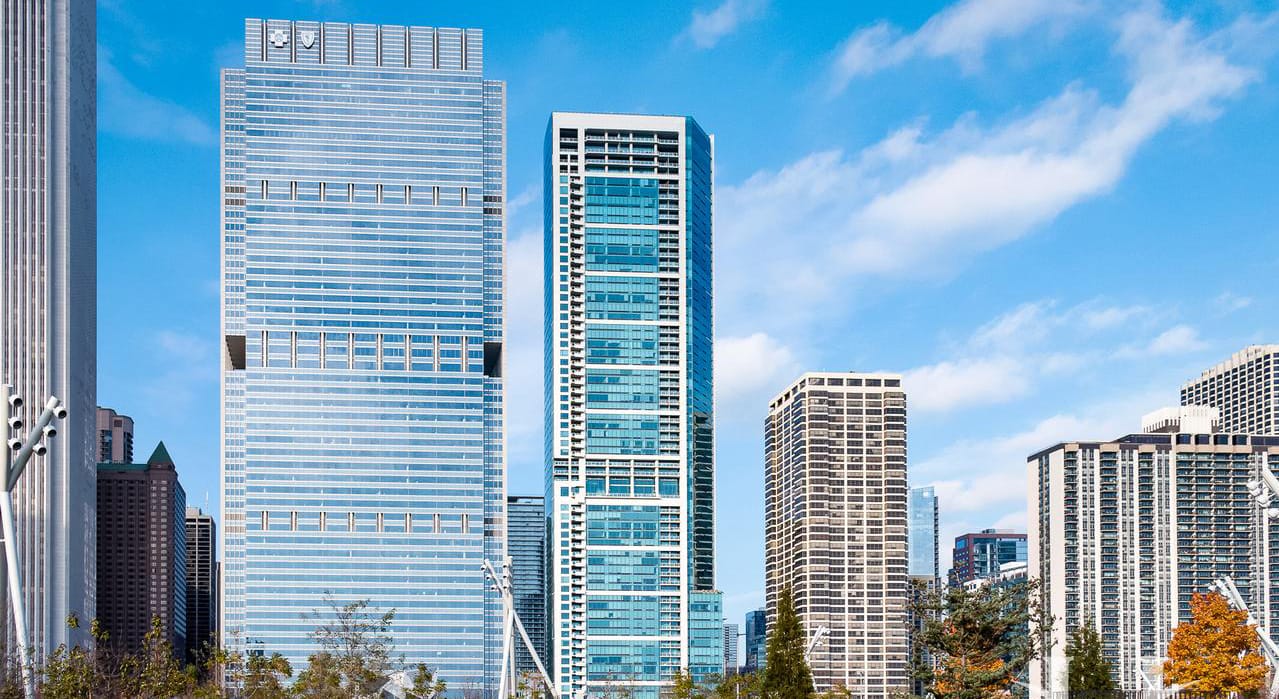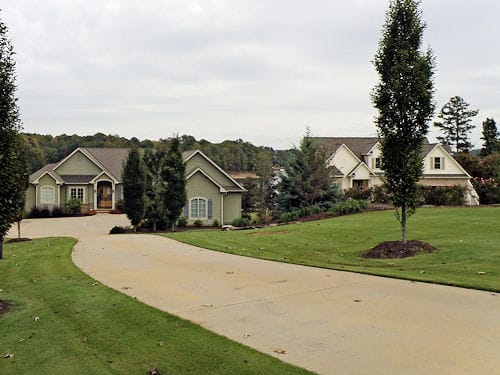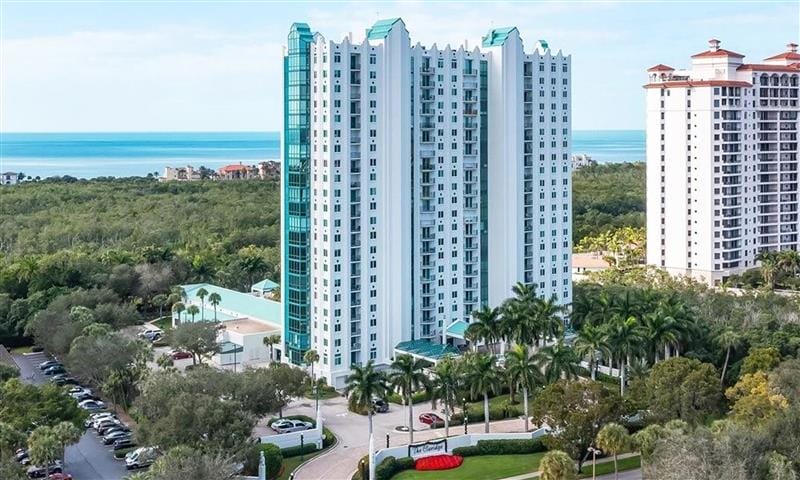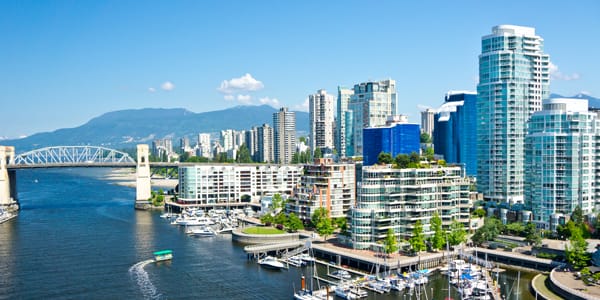Every condominium is governed by a set of rules and regulations. Rules make up part of the condo’s governing documents, and help support covenants, conditions and restrictions, or CC&Rs, and bylaws.
Rules are enforced by the corporation or association. Their primary objective is to establish the accepted behaviors within the complex. For instance, there may be rules about noise or rules that determine the type or number of pets each owner can have.
Table of contents
It’s very important to make certain that you’re comfortable with the rules set out in your condo association’s declaration document. That way, you won’t find yourself in an uncomfortable situation when it is time for you to move into your new home. After all, you want your new place to feel like home, but if there are rules you don’t agree with, you might find that you aren’t as happy as you hoped you would be.
Download our free rules and regulations template
Common issues that condo rules might address
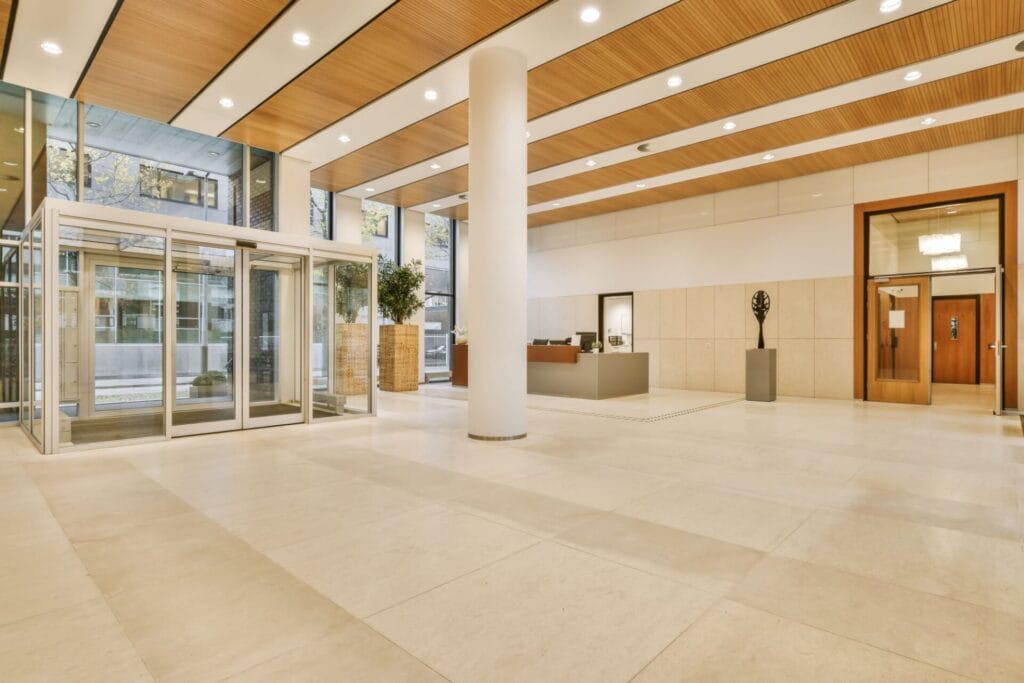
Common areas
There will always be a set of rules to determine the use and maintenance of common areas. This section will cover things like usage of walkways and lawns. It might prohibit unit owners from obstructing walkways, entryways, or any of the common areas. This makes sense when you consider that leaving a bicycle or personal property unattended in a public space can be a great inconvenience, or even a barrier to other owners.
Noise and nuisances
Your condo association will most definitely prohibit activities that cause unreasonably loud sounds or noises to emanate from your unit. This is to prevent unit owners from disturbing one another’s peace and comfort. While owners don’t have to be perfectly silent, they can’t blast music or vacuum at 11p.m. either.
Garbage disposal
A condo association’s document should also deal with the issue of garbage disposal. Namely, how unit owners should dispose of their trash. Most condo associations require members to dispose of trash using the garbage chute, unless it is cardboard or a large item. In that case, the owners would need to take the item down to the garbage room or near the tri-sorter.
Recreational areas
Several condo buildings or complexes have designated recreational areas for kids and adolescents. Entry into these common areas is limited to certain times of the day and they do not allow children to engage in potentially dangerous or destructive play activities. Kids may not play or ride their bikes in the parking lot either, even though it might be tempting to do so.
Most condo associations do not allow unit owners to barbecue on their balconies, but they may have designated areas where they can use a shared BBQ.
Vandalism
Condo associations frown upon vandalism for obvious reasons. Homeowners aren’t allowed to inflict any damage or destruction on any part of the common areas. Defacing property is also prohibited. This refers to inscribing parts of the exterior or mounting notices or signs in the common areas. Of course, there should be a designated area, like a communal notice board, where owners may post items for sale and other approved notices.
Demeanor
Some communities will not allow owners to run a business out of their condo units. They may also prohibit owners from using platforms like Airbnb. Chances are high that if the activity has the potential to disturb the peace or comfort of other neighbors, it won’t be permitted in the community.
Pets and animals
The issue of pets and animals has to be one of the most contentious in any planned development. The pet section of the condo association rules details the types and total number of animals that are allowed as pets in the building. Most condominium associations prohibit owners from breeding animals since smells and noises travel so easily from one unit to another.
Condo associations that do allow pets usually have detailed rules on how to keep them. For instance, unit owners are required to keep their pets on a leash when walking them through common areas so that the animals don’t pester or endanger other people and/or animals. There will probably be something in there on cleaning up after your pet and making sure pet waste isn’t left on or around the exterior of the building property.
This section will also determine where you’re allowed to take your dog or cat on walks. For instance, this bylaw may limit you to landscaped areas within the condo complex. It might prohibit you and your pet from walking your dog through the parking lot. If the pet accidently causes damage to another owner’s property or to a common area, the pet owner may be responsible for costs.
Unit owners may also be required to vaccinate their pets, or register them with the association.
Operating and parking vehicles
Condominiums often establish vehicles rules to minimize parking and storage issues. Buildings only have a finite number of spots, and sometimes, there are more cars than parking spaces.
Some associations assign one or two spots to each unit, while others operate on a first-come, first-served basis. To make sure that unit owners adhere to the parking policy, the condo association might enforce it through some form of registration process. Some condos issue parking stickers to unit owners as a form of registration and identification of the vehicle so that there isn’t any confusion about who can park where. But most condo boards use paperless solutions like parking management software to expedite and simplify the process.
There will most likely be a clause on guest parking spaces and how to navigate them as well.
The association might also prohibit you from parking a vehicle of a certain class in the parking lot. In most cases, this rule applies to vehicles like trailer trucks, boat trailers, and campers.
Owners may not have permission to repair or work on vehicles in the parking lot unless it’s an unavoidable emergency. If they do have the ability to perform work on their vehicles, the unit owner must clean up the area once repairs are done.
Architectural maintenance
Architectural guidelines help to keep maintain the aesthetics and uniformity of the building. As such, there are limits on how much an owner can change or renovate their unit.
Should a unit owner wish to change the interior appearance of their home, such as their floors, they would have to submit a written proposal to the relevant committee or board. The unit owner must detail this proposal and include things like a diagram of the proposed changes, timelines, contractor information, etc.
The committee or board will inform the owner, in writing, about whether the request has been approved or denied. If the request is denied, there should be information about why it was not accepted.
Penalties
You’ll also notice a section on penalties that the condo association uses to enforce its rules and regulations. Depending on the community, unit owners that violate the rules may receive a written warning for a first offence, while a repeat offense might warrant a fine.
However, boards cannot issues fine arbitrarily. There is a formal violation process that must be followed. In most cases, the violation is first reported by a unit owner must report the violation to the board. The alleged offender is given an opportunity to appear at a hearing where they can state their case. The board will make a decision after the hearing, at which time the owner may be required to pay a fine or take corrective measures to remedy the issue.
It’s important to note here that a unit owner may be penalized even if a guest committed the offending action. In rare cases, failure to pay the imposed fine or remedy the issue may lead to a lien being placed against the unit owner’s property.
Conclusion
As you can see, the rules and regulations cover the whole gamut of condo living, from parking to garbage disposal to the use of common areas.
Keep in mind that the rules differ from one building to another. Rules are easier to change than bylaws or CC&Rs, but boards don’t always need to get a vote from owners to create new rules.
Good rules will serve the community as a whole, and as long as they make sense and serve a purpose, owners should do their best to comply with them.
Download Template
Download our free Rules and Regulations template
